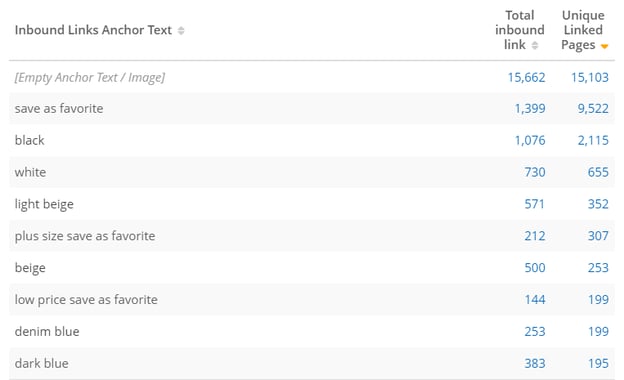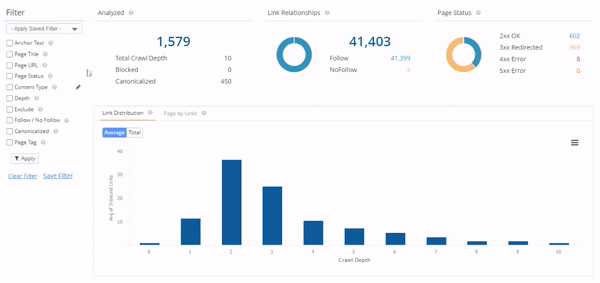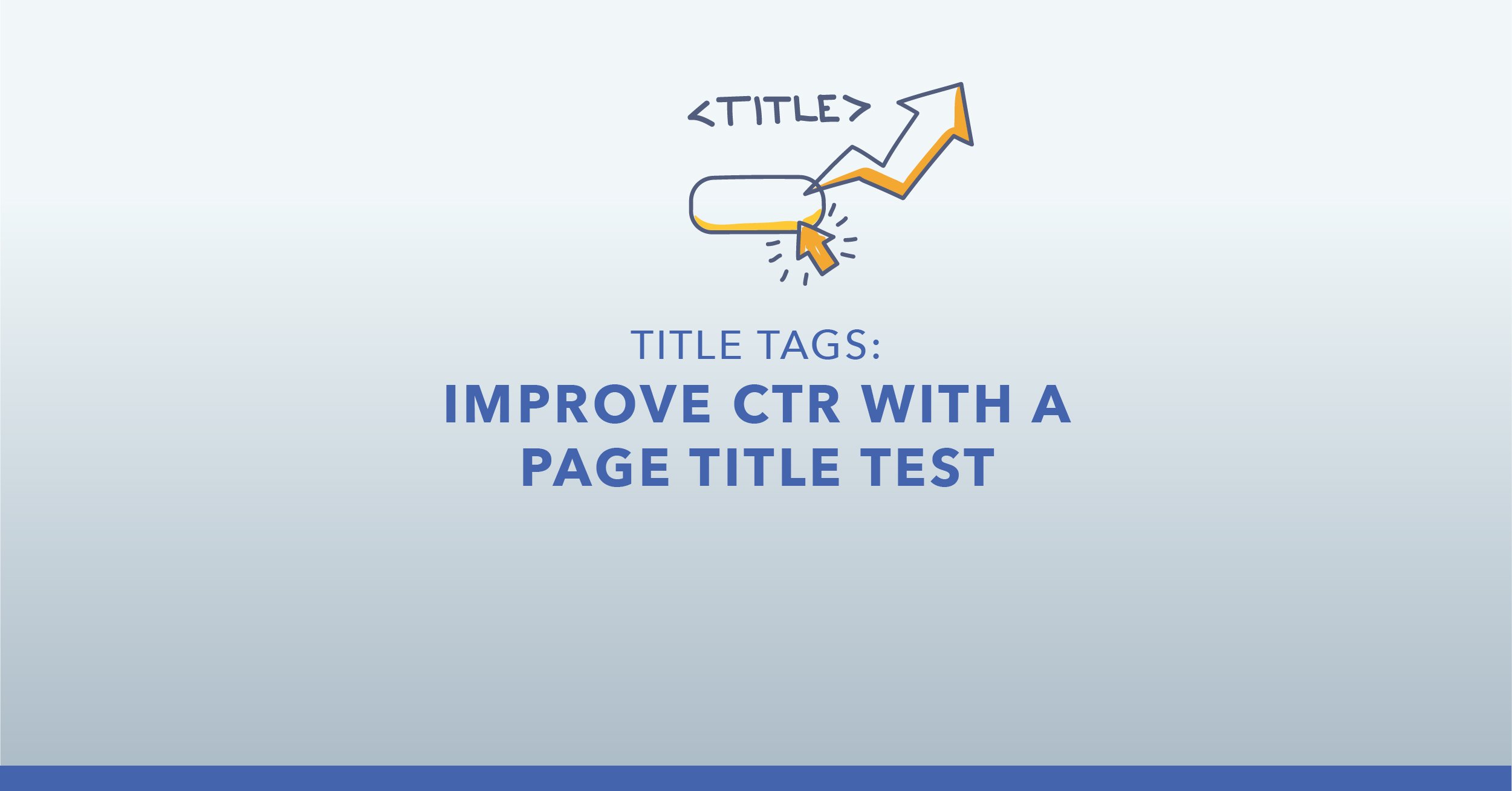Anchor text might seem like a small detail in your SEO strategy, but it carries more weight than many realize.Get it right, and it strengthens your site’s relevance, improves visibility, and guides users seamlessly through your content. Get it wrong, and you risk confusing search engines, frustrating readers, or even triggering penalties.
The good news?
With the right approach, anchor text becomes a powerful tool to signal intent, build authority, and enhance both visibility and user experience.
Table of Contents:
What is Anchor Text?
Anchor text is the clickable text on a page that houses a hyperlink, either acting as an internal link to another page on the same site, or an external link pointing to a new domain altogether.
For the purpose of this article, we’ll be discussing anchor text optimization through the lens of an internal linking strategy, since an SEO has direct control over their own site’s internal links.
Did you notice that the words “internal linking strategy” act as the anchor text for the link in the previous sentence?
If so, you’re paying attention!
Based on the text used, a reader (or a search engine bot) can surmise that that link leads to a page about creating an interlinking strategy.
The Importance of Anchor Text For SEO
Anchor text does more than link pages together, it provides valuable context to both users and search engines. For readers, it signals what they can expect when they click a link. For search engines, it acts as a clue about the relevance and relationship between pages.
When optimized effectively, anchor text can:
-
Reinforce topical relevance: Search engines use it as a ranking signal to understand what the linked page is about.
-
Distribute authority across your site: Internal links with clear anchor text help strengthen key pages by passing link equity.
-
Support crawlability: Well-structured anchor text improves how search engines navigate your site, ensuring important pages get discovered and indexed efficiently.
-
Enhance user experience: Descriptive anchors guide readers naturally through related content, reducing friction and boosting engagement.
On the flip side, poor or over-optimized anchor text can confuse crawlers, weaken relevance signals, or even trigger penalties. That’s why a thoughtful anchor text strategy is essential to balancing SEO performance with usability.
Examples of the Different Types of Anchor Text
Not all anchor text is created equal. Each type signals different things to users and search engines, and knowing the differences can help you strike the right balance in your internal linking strategy.
-
Exact Match: Uses the exact keyword you want the linked page to rank for.
Example: "anchor text SEO" → linking to a page about anchor text SEO. -
Partial Match: Includes the target keyword but with other words around it.
Example: "best practices for anchor text" -
Branded: Uses the brand name as the anchor text.
Example: "SEOclarity" -
Naked URL: The raw URL is used as the link.
Example: "www.example.com" -
Generic: Non-descriptive anchors that don’t indicate what the page is about.
Example: "click here" or "read more" -
Image Anchor Text: When an image is linked, the alt text functions as the anchor text.
Anchor Text Mistakes to Avoid
Even small missteps with anchor text can hurt SEO performance or dilute user experience. Here are some common mistakes to watch out for:
-
Over-Optimized Anchor Text: Repeatedly using the same exact-match keyword in your links can look manipulative to search engines and may trigger penalties.
-
Irrelevant Anchor Text: Linking with text that doesn’t accurately reflect the content of the target page confuses both users and crawlers, weakening trust and topical signals.
-
Too Many Generic Anchors: Relying heavily on “click here” or “read more” wastes an opportunity to provide meaningful context.
-
Excessive Linking: Stuffing multiple links into a single paragraph, or overlinking to the same page, can overwhelm readers and reduce the impact of your most important anchors.
-
Naked URLs in Content: Dropping raw URLs into body text looks unpolished and provides little context for search engines.
-
Ignoring Accessibility: Using vague anchors without descriptive context can make navigation harder for screen readers and harm overall usability.
Avoiding these pitfalls keeps your internal linking strategy clean, natural, and aligned with both user expectations and search engine best practices.
Recommended Reading: Common Internal Linking Mistakes in SEO
Anchor Text Best Practices
Strong anchor text should add clarity, context, and value for both users and search engines. The key is to keep it natural. Use descriptive language that fits seamlessly into your content while signaling what the linked page is about. A healthy mix of exact match, branded, partial match, and image anchor text creates a balanced, authentic profile.
Think of anchors as part of your site’s architecture: they should point to your most important pages, guiding crawlers and users through a clear hierarchy. And always prioritize usability—anchors should make sense on their own, so readers and screen readers alike know exactly what to expect when they click.
How to Audit and Optimize Your Anchor Text at Scale
Auditing anchor text is essential to ensure your internal links reinforce page relevance and avoid the pitfalls of over-optimization, vagueness, or wasted opportunities. With SEO technology like seoClarity, this process becomes scalable and efficient.
The Anchor Text Analysis report within Internal Link Analysis provides a clear summary of the anchor text across your site, including the number of internal links that use it and the unique pages it points to. This makes it easy to spot patterns—whether that’s anchor text repeated across too many pages, generic phrases like “read more” or “here,” irrelevant wording that doesn’t match the destination, or raw URLs dropped directly into content.
From there, optimization is straightforward. You can click into any instance, review the link in context, and update it with anchor text that’s more descriptive and relevant to the page it targets.

(Anchor text report in the Internal Link Analysis)
Filters within the report also allow you to search for specific phrases—like “here”—to quickly surface and correct weak anchor text sitewide.

(seoClarity's Internal Link Analysis.)
In this example, we find 13 pages that use “here” as the anchor text!
It may not seem like much, but each instance represents a missed opportunity to strengthen context, guide users, and improve crawlability. Over time, replacing vague anchors with descriptive ones adds up to measurable gains in both user experience and search visibility.
Conclusion
Anchor text is a quick and easy optimization win that offers added value to search engines and users alike. We recommend you analyze your anchor texts to see if they offer value, or if you’ve missed an easy SEO win.
To learn more about how seoClarity can help you analyze and optimize internal link anchor text to improve SEO performance, schedule a demo today!








Comments
Currently, there are no comments. Be the first to post one!